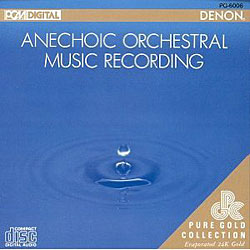tuga
Major Contributor
- Thread Starter
- #481
Not all seating in a concert hall is created equal. The best place is on the conductor's podium and very close behind (if the seats are at the same level).
I hate the acoustics of the church with its alterations in timbre ie. the distortions, the long reverberation giving an undefined, muddy sound ....if I have a place a little far from the stage.
Most classical music was composed with the venue in mind, and thus a choral work of sacred music composed to be performed in churches will use the acoustics to its advantage, as a tool to achieve a particular expressive effect. And it has the benefit of making the sound of the singers of each voice more homogeneous.
A piano recital was not composed with the church acoustic characteristics in mind and will not sound good in one unless you sit very close.
But I agree that, just as there are better mic'ing distances and techniques, there are better seats and their location is venue-dependent.



